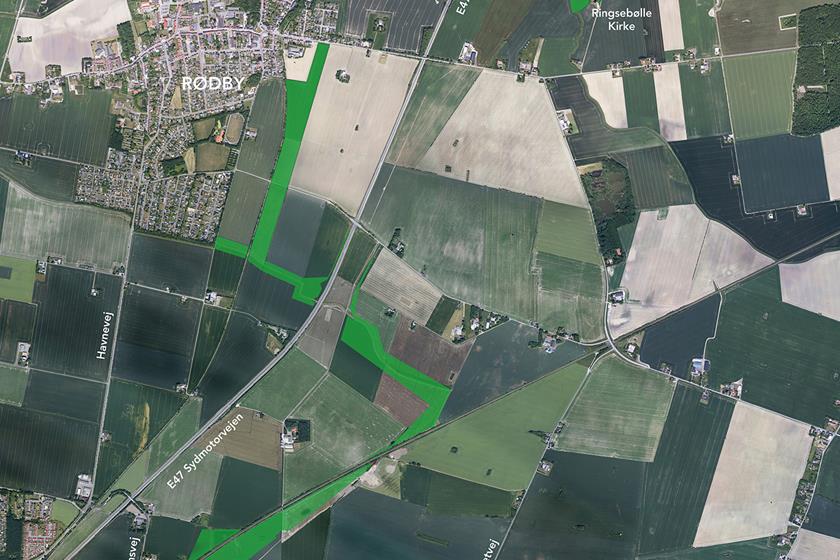Building alongside nature
Respect for nature and the environment is paramount in the construction and eventual operation of the Fehmarnbelt tunnel. Femern A/S is focused on complying with all environmental requirements.
An environmental-friendly Fehmarnbelt tunnel
On behalf of Femern A/S, international experts have studied how the tunnel under the Fehmarnbelt will impact the environment. As the project is cross-border in nature, German, Danish and European environmental legislation has to be taken into account.
Investigations show that neither the extensive construction work nor the finished tunnel will lead to significant deterioration in plant and animal life and the habitats of porpoises, birds etc.


“"We see the Fehmarnbelt link as a very important project as far as the climate is concerned. It will strengthen the transport of freight and passengers by means of the most climate-friendly transport currently in existence, i.e. electric trains.””
Compensatory measures
The planning of the Fehmarnbelt tunnel draws on the experiences from the fixed links across Storebælt and Øresund, which have shown that negative environmental impacts can be avoided through careful planning and implementation of construction work.
Unavoidable impacts in areas where access roads, the tunnel factory, harbour facilities, etc. are established will be offset by the creation of new natural areas elsewhere.
On Lolland alone, the affected natural landscape will be replaced by areas at least double the size during the construction phase and after the tunnel has opened.
The 8-hectare replacement for the old Strandholm Lake, for example, will be surrounded by a further 60 hectares of new nature.
The tunnel will benefit biodiversity
Life on land and at sea will benefit from the future Fehmarnbelt tunnel between Denmark and Germany.
Femern A/S is reconstructing stone reefs, which have gradually disappeared due to stone dredging in the Fehmarnbelt. The area covers around 42 hectares of seabed and south of the island of Fehmarn, which will be reconstructed as a reef with rich plant and animal life.
Stone protection will be installed at both ends of the immersed tunnel. Over time, the stones will perform the same function as natural stone reefs and provide a good habitat for many of the Fehmarnbelt’s animal and plant species.
Nature Belt
New green corridors will be created at Rødbyhavn to cohere with nature. These will form the basis for robust insect populations and protected flora and fauna, such as amphibians and orchids.
Femern A/S and the Nature Agency, in collaboration with local farmers and through land acquisition, have created a new and continuous nature belt east of Rødby. The total area will cover 60 hectares, the equivalent of 80 football pitches, of natural landscape and forests.
In April 2023, the planting of the climate forest started, where local school kids, partners and the Vice Mayor of Lolland Municipality took part. See how they got on in the video below.

Visit us at Rødbyhavn
You’re welcome to call into our Visitor Centre and learn more about how we’re building the world’s longest immersed tunnel.